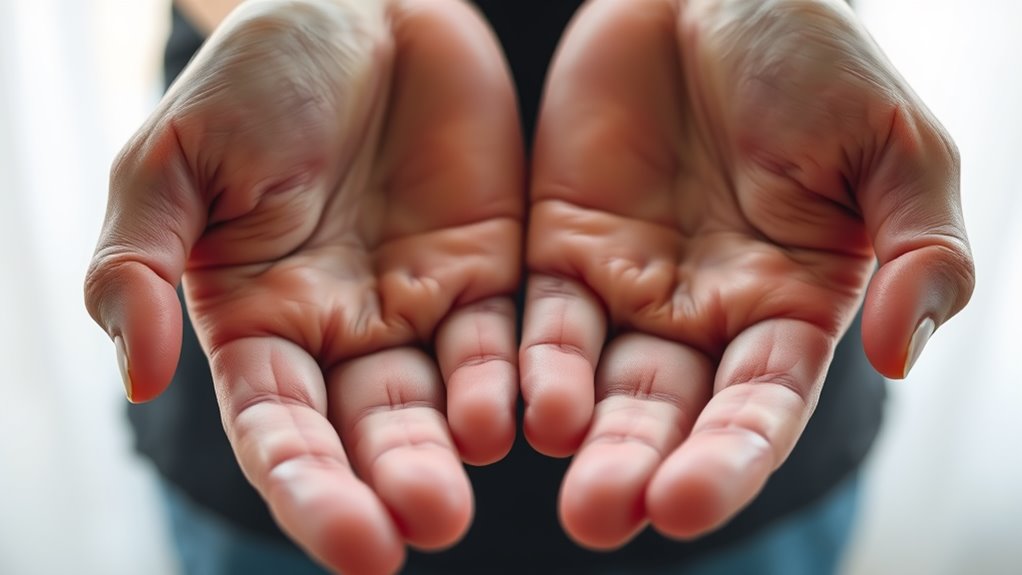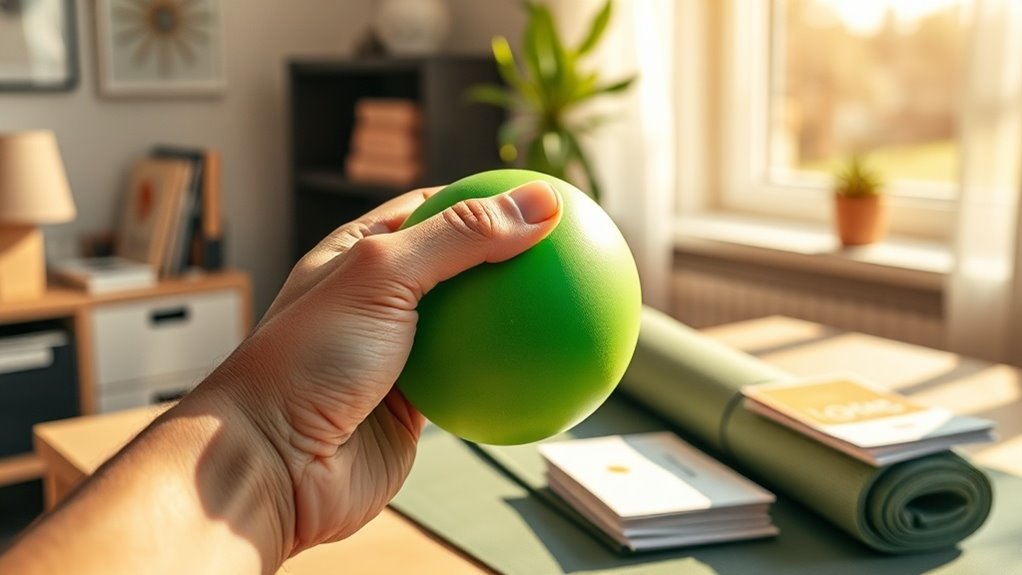My Fingers Finally Stopped Locking With This Trick
You’ve probably experienced the frustration of finger locking from repetitive tasks, disrupting your daily routine. If you’re seeking a simple, natural remedy, this effective trick could offer relief and restore your hand’s flexibility. Stick around to learn the steps and see how it might transform your mobility.
Key Takeaways
- Soak the affected finger in warm Epsom salt water to reduce inflammation and ease locking.
- Apply a warm compress to relieve tension and prevent finger catching during movement.
- Perform gentle finger extension exercises, holding each stretch for 10-15 seconds, to improve mobility.
- Use ice packs for 15 minutes multiple times daily to reduce swelling and numb pain.
- Incorporate daily hand exercises and ergonomic adjustments for long-term prevention of finger locking.
What Causes Finger Locking
Why does finger locking occur? It’s often due to trigger finger, a condition where your finger’s tendon swells and catches in its sheath.
You typically develop this from repetitive hand motions, like gripping tools or typing, which irritate the tendon over time.
Age, diabetes, or rheumatoid arthritis can also contribute by narrowing the sheath.
Recognizing these causes empowers you to address the issue early, potentially exploring trigger finger natural remedies such as gentle exercises or anti-inflammatory herbs for relief.
Stay proactive to prevent worsening.
To enhance mobility, consider performing finger extension exercise regularly.
My Personal Experience With Trigger Finger
You first notice the early signs of trigger finger when your finger catches or locks during simple movements.
This creates daily struggles that interfere with tasks like typing or gripping objects.
Now, let’s examine the relief trick that eased my challenges and could help you too.
One effective home remedy I discovered was soaking the affected finger in warm water mixed with Epsom salt.
Early Signs
In my experience with trigger finger, the first subtle signs emerged as a slight stiffness in the affected finger, often after prolonged use, which I initially dismissed as minor overuse.
You might notice a catching sensation or popping sound when bending it, signaling early tendon issues.
It’s essential to watch for difficulty in fully extending or flexing the finger, as this indicates potential inflammation.
You’ll also feel tenderness at the base, especially after activity, and a small lump may appear.
Recognizing these signs promptly allows for better management before they intensify.
Daily Struggles
Living with trigger finger means you’ll face ongoing challenges that disrupt simple tasks, like gripping a cup or typing on a keyboard.
You’ll notice fingers suddenly locking or catching, turning routine actions into painful ordeals.
This can cause sharp discomfort during repetitive motions, such as writing or driving, leading to frustration and reduced efficiency at work.
Everyday chores like cooking or dressing become laborious, as swelling and stiffness limit your dexterity.
Emotionally, it wears on you, fostering a sense of helplessness that impacts your overall quality of life and social interactions.
Relief Trick
Discovering a reliable trick through my own trigger finger episodes transformed my daily routine.
You can experience the same relief by trying this simple, effective method I discovered.





